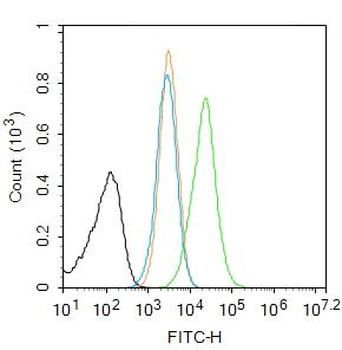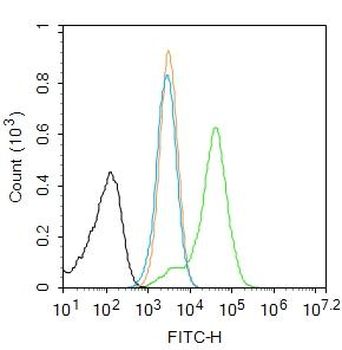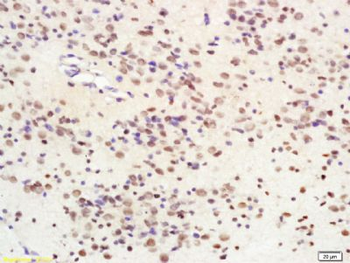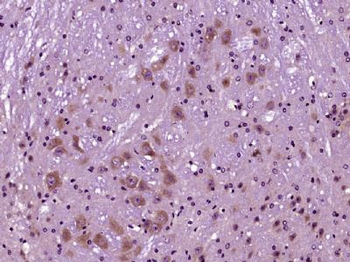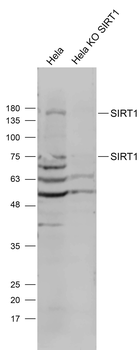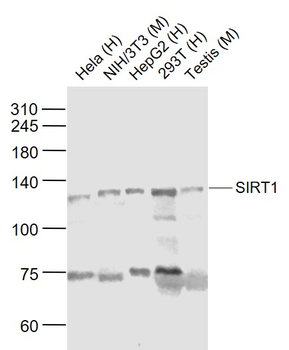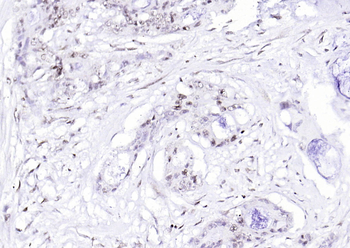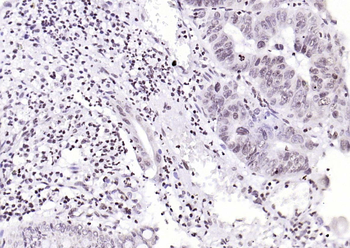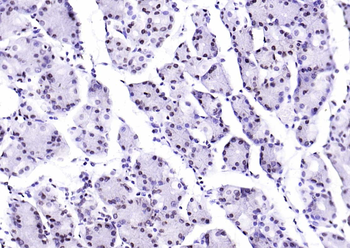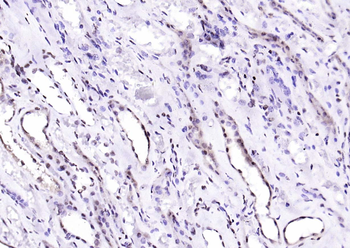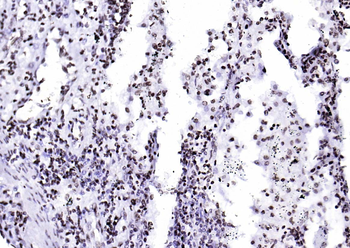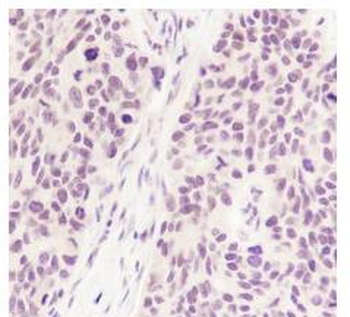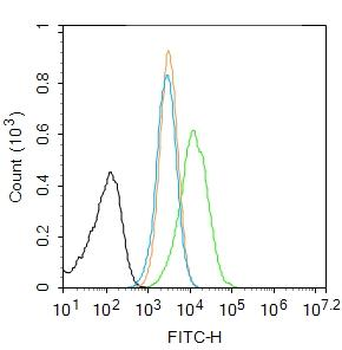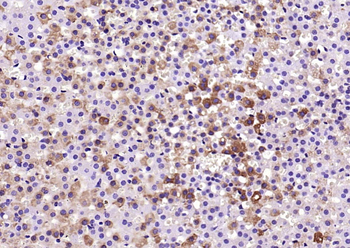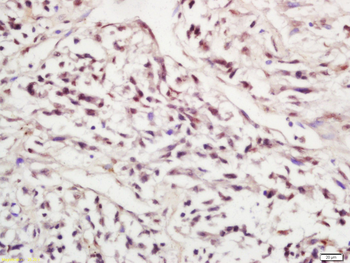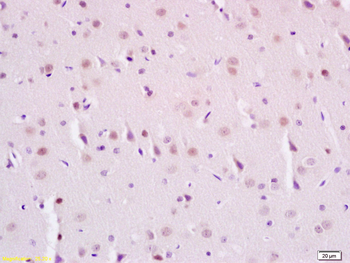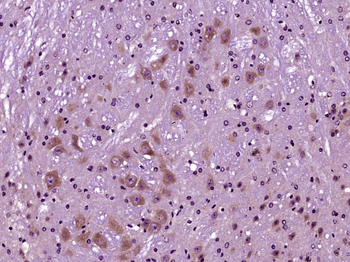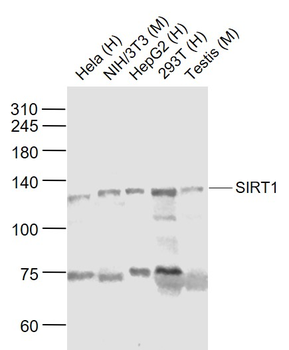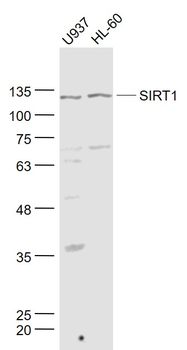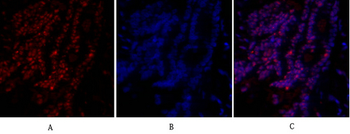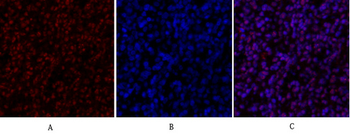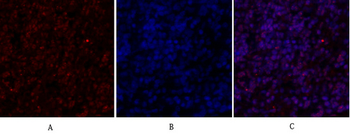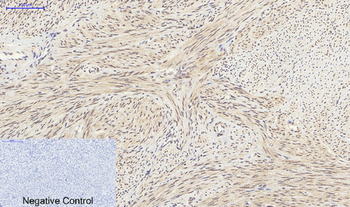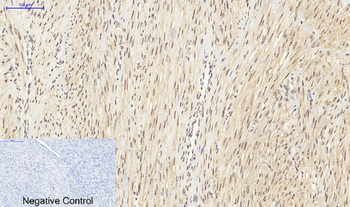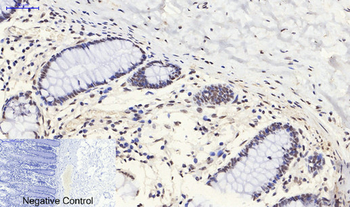You have no items in your shopping cart.
SIRT1 Antibody
Catalog Number: orb2635077
| Catalog Number | orb2635077 |
|---|---|
| Category | Antibodies |
| Description | The silent information regulator (SIR2) family of genes are highly conserved from prokaryotes to eukaryotes and are involved in diverse processes, including transcriptional regulation, cell cycle progression, DNA damage repair and aging. In S. cerevisiae, Sir2p deacetylates histones in an NAD-dependent manner, which regulates silencing at the telomeric, rDNA and silent matingtype loci. Sir2p is the founding member of a large family, designated sirtuins, which contain a conserved catalytic domain. The human homologs, which include SIRT1-7, are divided into four main branches: SIRT1-3 are class I, SIRT4 is class II, SIRT5 is class III and SIRT6-7 are class IV. SIRT1 has the closest homology to the yeast Sir2p and is widely expressed in fetal and adult tissues, with high expression in heart, brain and skeletal muscle and low expression in lung and placenta. SIRT1 regulates the p53-dependent DNA damage response pathway by binding to and deacetylating p53, specifically at Lysine 382. |
| Species/Host | Mouse |
| Clonality | Monoclonal |
| Clone Number | PCRP-SIRT1-1E11 |
| Tested applications | ELISA, FACS, IF, WB |
| Reactivity | Human |
| Isotype | Mouse IgG1 |
| Immunogen | Recombinant full-length human protein was used as the immunogen for the SIRT1 antibody. |
| Antibody Type | Primary Antibody |
| Dilution range | ELISA (order BSA-free format for coating),Flow cytometry: 1-2ug/million cells,Immunofluorescence: 1-2ug/ml,Western blot: 1-2ug/ml |
| Conjugation | Unconjugated |
| Formula | 0.2 mg/ml in 1X PBS with 0.1 mg/ml BSA (US sourced), 0.05% sodium azide |
| Hazard Information | This SIRT1 antibody is available for research use only. |
| UniProt ID | Q96EB6 |
| Storage | Maintain refrigerated at 2-8°C for up to 2 weeks. For long term storage store at -20°C in small aliquots to prevent freeze-thaw cycles. |
| Note | For research use only |
| Application notes | Optimal dilution of the SIRT1 antibody should be determined by the researcher. |
| Expiration Date | 12 months from date of receipt. |

Immunofluorescent staining of PFA-fixed human HeLa cells using SIRT1 antibody (green, clone PCRP-SIRT1-1E11) and phalloidin (red).
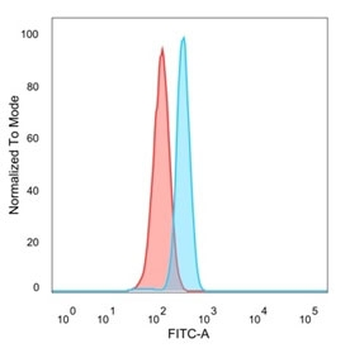
FACS staining of PFA-fixed human HeLa cells with SIRT1 antibody (blue, clone PCRP-SIRT1-1E11) and isotype control (red).
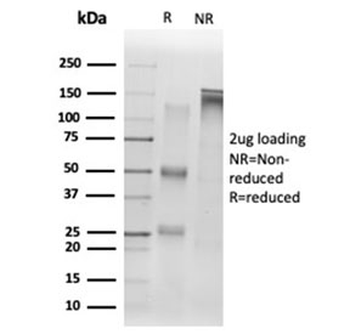
SDS-PAGE analysis of purified, BSA-free SIRT1 antibody (clone PCRP-SIRT1-1E11) as confirmation of integrity and purity.
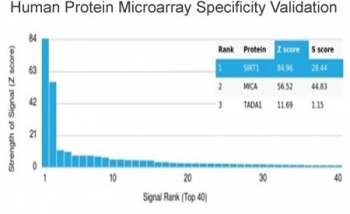
Analysis of HuProt (TM) microarray containing more than 19000 full-length human proteins using SIRT1 antibody (clone PCRP-SIRT1-1E11). These results demonstrate the foremost specificity of the PCRP-SIRT1-1E11 mAb. Z- and S- score: The Z-score represents the strength of a signal that an antibody (in combination with a fluorescently-tagged anti-IgG secondary Ab) produces when binding to a particular protein on the HuProt (TM) array. Z-scores are described in units of standard deviations (SD's) above the mean value of all signals generated on that array. If the targets on the HuProt (TM) are arranged in descending order of the Z-score, the S-score is the difference (also in units of SD's) between the Z-scores. The S-score therefore represents the relative target specificity of an Ab to its intended target.
SIRT1 Rabbit Polyclonal Antibody [orb11372]
FC, IF, IHC-Fr, IHC-P, WB
Canine, Equine, Porcine, Rabbit
Human, Mouse
Rabbit
Polyclonal
Unconjugated
50 μl, 100 μl, 200 μlPhospho-SIRT1 (Ser47) Recombinant Rabbit Monoclonal Antibody [orb704522]
ICC, IF, IHC-Fr, IHC-P, WB
Mouse, Rat
Human
Rabbit
Recombinant
Unconjugated
100 μl, 50 μlPhospho-SIRT1 (Ser47) Rabbit Polyclonal Antibody [orb106273]
FC, IF, IHC-Fr, IHC-P
Canine, Mouse, Porcine, Rabbit
Human, Rat
Rabbit
Polyclonal
Unconjugated
50 μl, 100 μl, 200 μlSIRT1 Rabbit Polyclonal Antibody [orb101539]
FC, IF, IHC-Fr, IHC-P, WB
Canine, Equine, Porcine, Rabbit
Human, Mouse
Rabbit
Polyclonal
Unconjugated
200 μl, 100 μl, 50 μl



